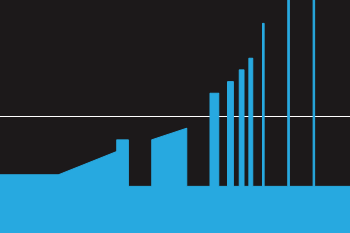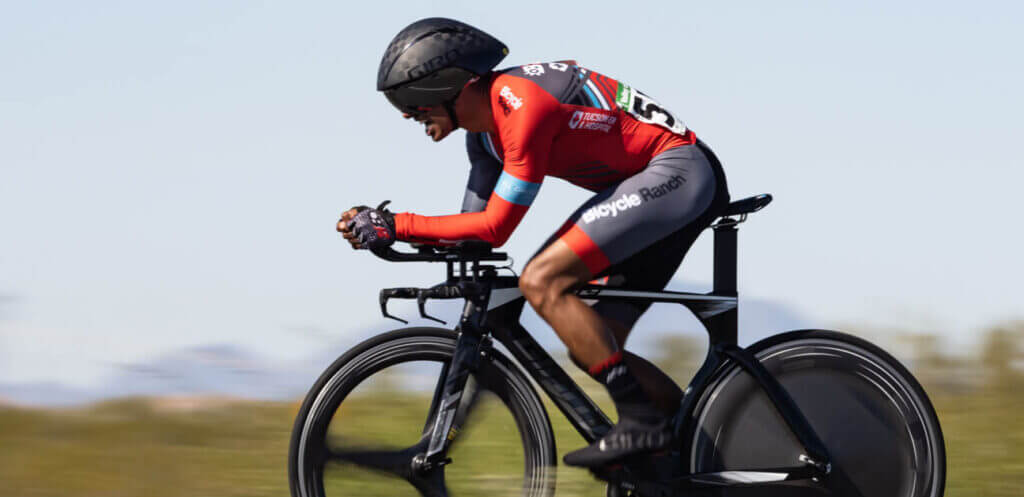Is Your Pre-Race Warmup Helping You Win or Lose?
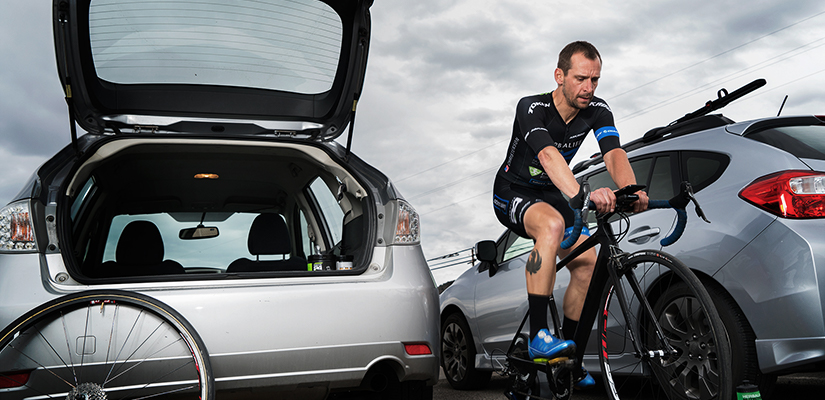
For many cyclists, their warmup routines before a race look a lot like riding around at a moderate pace for 10-20 minutes, depending on how long their event is. This is changing. In place of loose, unspecific pre-race workouts are structured workouts that riders are opting to do on the trainer — you may have already started to notice the shift in more turbo trainers in track parking lots.
So why the change? Vague and unspecific warmups often yield unreliable benefits. New equipment and technology have given riders more effective tools to reap those intended benefits of warming up. As the sport evolves, there are now more advanced ways to prepare yourself before an event. I’ll get to those in a minute, but first, I have to address the key question at hand …
Why Should You Warm Up?
Researchers have not reached a solid consensus on the effectiveness of warmups. This is likely due to the varied and nonspecific nature of warmups from athlete to athlete. While the jury may be out in that respect, anecdotal evidence suggests a strong correlation between a properly structured, race-specific warmup and improved performance in certain events. For this reason, we’ll focus on the intended purposes of a warmup and give you a few workouts (you can jump down to the bottom of the post for those) you can test at your next race.
Physical preparation
Have you ever thought about what “warming up” actually does for your body? We use the term loosely across a variety of contexts, but getting more specific can help us understand how to use warmups more effectively.
Firstly, as you begin to use your muscles you increase blood flow. Increasing blood flow increases oxygen delivery, which means you will have more resources available on demand for aerobic metabolism. More resources for aerobic metabolism means you will have less reliance upon anaerobic energy stores, resulting in less lactate production and a reduced dependency on glycogen.
What does all that mean? In more familiar terms: it means you’ll already have more gasoline in the tank instead of having to drive to the gas station for more.
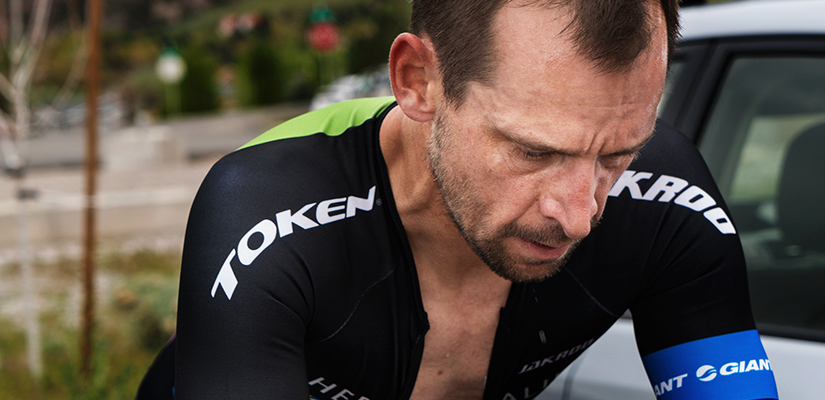
On a related note, our body is literally producing heat when it’s working. This very real effect of warmups allows for more oxygen delivery. Hemoglobin gives off twice as much O2 when it’s raised by 5º Celsius. So in layman’s terms: It takes the fuel in your gas tank and makes it even more powerful.
Secondly, warming up increases muscle fiber recruitment and activation. If your muscles are like a rope composed of many smaller strings, your muscles do their best to utilize the smallest necessary amount of those strings at all times.
When going straight into a hard effort without warming up, you can put undue stress on a few muscle fibers, opening you up to injury and limiting your efficiency. A properly structured warmup will gradually require your body to awaken dormant muscle fibers, mitigating that risk of injury, and most importantly allowing your muscles to operate more efficiently with more mitochondria on hand for metabolism.
Finally, a related benefit of warmups is the resulting awakening of your neural system. While pedaling may seem a straightforward action, there are a lot of moving parts that require coordination. A gradual warmup allows your body the chance to re-familiarize itself with these muscular engagement patterns, allowing you to operate more efficiently when the gun goes off.
Mental Preparation
A more difficult to quantify, but perhaps even more impactful benefit of warming up is the mental preparation that ensues. Whether it’s the distilled nature of a time trial or the busy rush of a cyclocross start, mental focus is absolutely necessary for a good performance in bike racing, and having a warmup as part of an established pre-race routine is key.
Start off by trying to make your warmup and pre-race routine as consistent and replicable as possible. Using a trainer for your warmups is one of the best ways to accomplish this. Some races will be held in locations or under circumstances that will be far from ideal. Lack of space, busy roads, inclement weather and distractions are all variables that can throw a proverbial wrench in your spokes before the race rolls out. A trainer fixes this, giving you the chance to define and control your warm-up process.
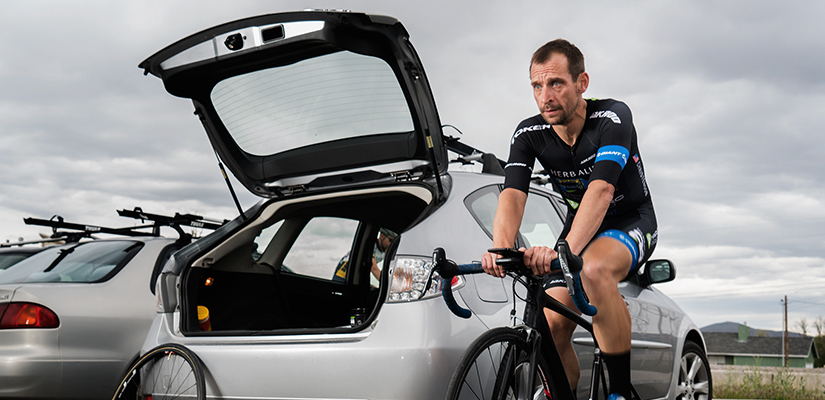
Using your warmup as a time to focus your mind on the day’s goals and eliminate distractions will allow you to face your race head on. What I mean by that is the ability to address your concerns and resolve them before the race starts. Fears of a crash, strong competitors, course features, or a lack of confidence in your race plan should all be resolved beforehand in a focused state. Simply take each issue one at a time until you feel you have a related game plan for success.
To help with this, try creating an environment that is encouraging and familiar. Eliminate negative self-talk and if isolating yourself from others before the race allows you to avoid the pre-race jitters, then by all means, become a hermit! Bring headphones to the race and prepare a playlist that gives you motivation.
Form Validation
A slightly more involved benefit of warmups is form validation. Team Sky is a famous proponent of using their warmups to predict their riders’ form for the day and guide their strategic decision making. By keeping their warmup as consistent as possible each time, they can log sound data that will tell them the likelihood of a rider having a good or bad day.
The caveats with this are consistency and quantity of data. Team Sky has whole teams of scientists devoted to interpreting data collected daily on each athlete, and they have the wherewithal to collect this data as well. If you don’t have a very solid bank of data and ability to interpret that data, you could be in the position of anticipating a poor performance based on a warmup, only to later find you were in great form that day.
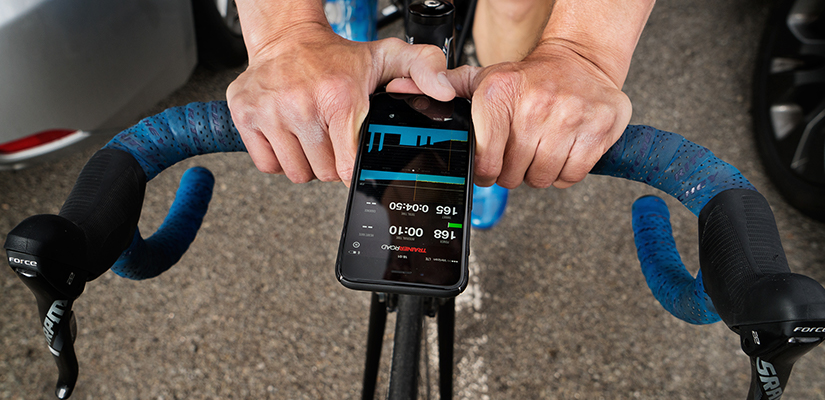
The takeaway for this benefit of warming up is to take everything with a large grain of salt. Over time and with consistent testing, your familiarity with the data will allow you to refine and shrink that grain of salt enough to allow you to anticipate a good or bad day and alter race strategy as a result.
How to Warm Up
Now that the why of warming up is understood, let’s get to the how. Your warmup should be specific to the type of race you are doing. In some cases, a warmup may not be needed. Triathletes, for example, may get in a short swim before the race starts, but in many cases, they may consider the swim as their warmup. Some road races follow a similar vein. Neutral rollouts or long races that will start slow may allow a rider to skip the structured portion of their warmup. Having said that, your pre-race routine should still stay consistent.
Where more need for a structured and intense warmup comes into play is with events with a high level of intensity and/or a hard start. Racers racing criteriums, time trials, mountain bike races, cyclocross races, or any race that is going to start hard will all benefit from a structured, intense warmup. The exact structure of this warmup may vary from person to person, and is certainly something refined over time and experimentation. Having said that, we have three warmups for three different circumstances that we regularly use to make sure we’re race ready. Feel free to use these workouts or alter them to fit your needs with our Workout Creator.
Fast starts, short/intense efforts
This warmup is perfect for CX, MTB or Criterium racers. If you’re event is going to be littered with short but intense efforts, Pahrah’s for you. Starting with a gradual ramp and 1-minute effort at 80% FTP, you’ll then get a chance to collect yourself before a 80-90% 5-minute ramp.
After this primer, the warmup becomes more event-specific with decreasing duration 45-second to 8-second intervals offset by increasing rest intervals. The intensity of these intervals grows from 120-220% FTP, making sure you are familiar with the demands of a fast-paced start and short, intense efforts.
General or Varied Races
If your race isn’t filled with particularly short or long efforts, but features a variety of durations and intensities, Laurel will do a good job of preparing your body for the task at hand. Road racers that are expecting a fast start, endurance mountain bikers or racers that are just looking for a varied yet comprehensive warmup are who Laurel was made for.
The interval structure of Laurel is a bit different than the other two warmups. Laurel starts with the same ramp to 60-second 80% FTP effort, but then mixes things up with a 2-minute ramp from 80-90% FTP and a sustained 5-minute effort at 92% FTP. To balance out the sustained nature of that interval, Laurel wraps up with two 6-second efforts at 120-140% FTP. The varied nature of this warmup will be sure to give you a small dose of the efforts you’ll soon face.
Sustained Efforts
Time trialists and athletes facing long, sustained efforts with less variation will benefit from Cajon’s steady-state nature. Another gradual ramp to a 1-minute effort at 80% FTP followed by a 80-90% 5-minute ramp serves as the warmup to the actual warmup.
The event-specific portion that comes after will have you holding 92% FTP for 8 minutes. This sub-threshold TT effort will make sure you’re body is primed and ready for the consistent effort that lies ahead.
To try the pre-race workouts mentioned above, get started with one of TrainerRoad’s monthly or discounted annual memberships.
Listen to Certified Cycling Coaches Discuss Warmups
Warming up is just one topic we covered in episode 30 of the Ask a Cycling Coach podcast. Listen to the episode’s full recording below to hear this and other questions from cyclists get answered by our certified cycling coaches.
Additional Notes
TrainerRoad’s Ask a Cycling Coach podcast is dedicated to making you a faster cyclist. It gives you the chance to get answers to your cycling and triathlon training questions from USAC certified coaches Chad Timmerman, Jonathan Lee and special guests. Learn more about other topics we covered in the latest episode with our resources below:
- How does speed relate to FTP
- Is speed better than heart rate?
- Is speed better than power?
- Is heart rate better than power?
- How to use your power meter indoors
- How to use your power meter and electronic trainer
- Is it normal to have power data fluctuate?
- How do you know if you’re doing VO2 intervals?
- How to perform high intensity workouts
- How to do a VO2 Max workout
- How to warmup before a race
- Criterium warmups
- Mountain Bike warmups
- Cyclocross warmups
- How to adjust your training plan
- How to train when injured
If you have a question that you’d like to ask Coach Chad, submit your question here. We’ll do our best to answer them on the next episode of the Ask a Cycling Coach podcast.
